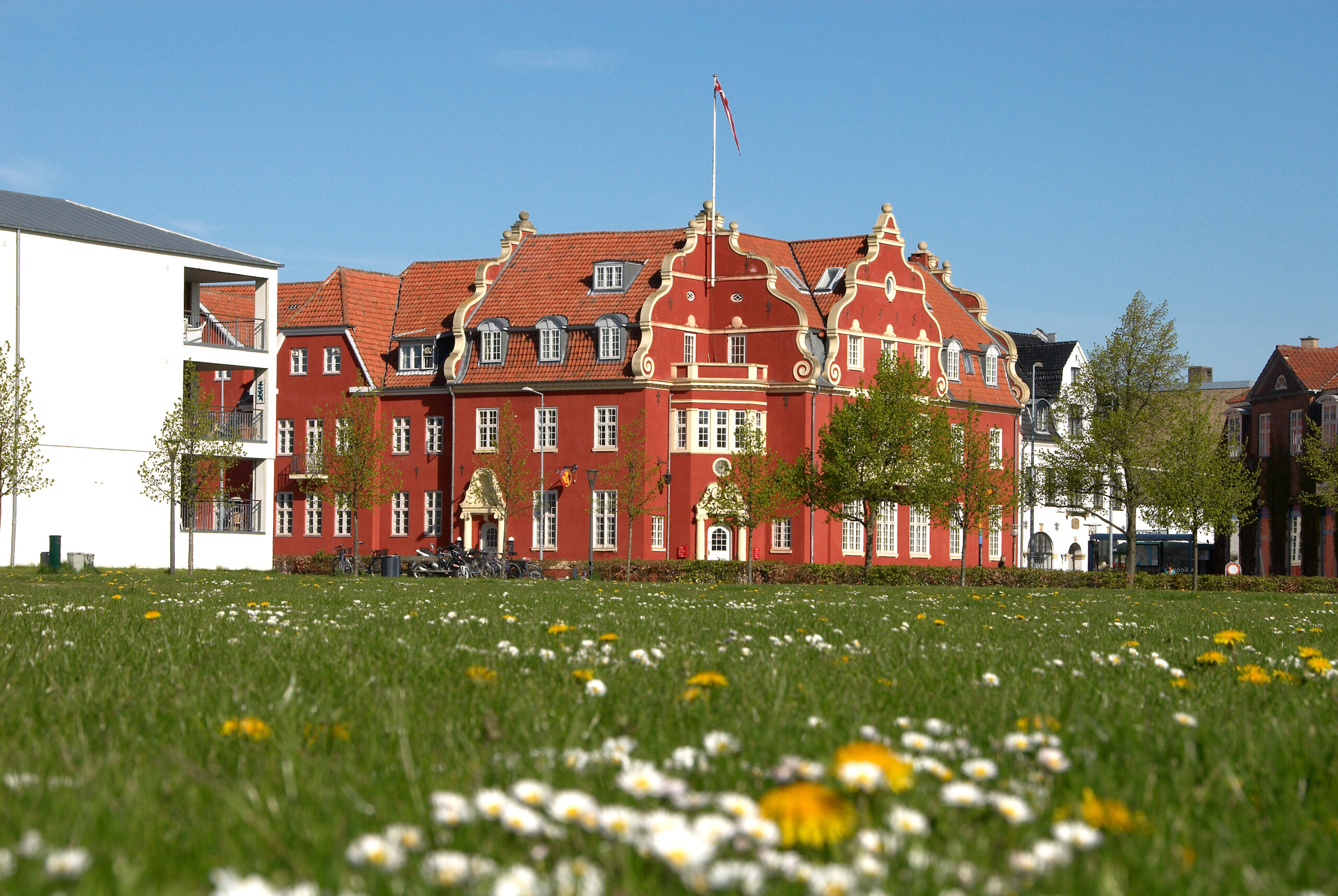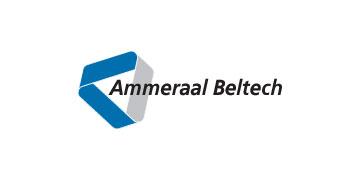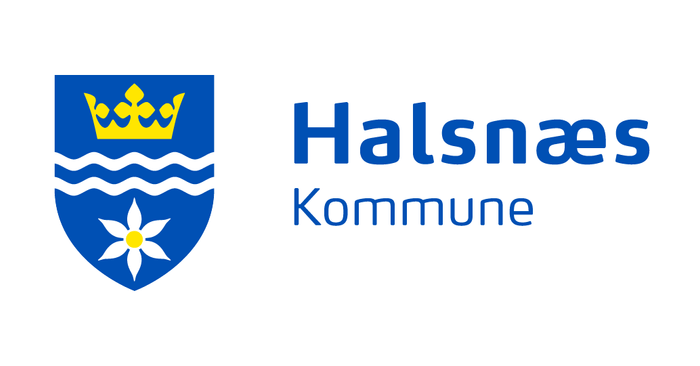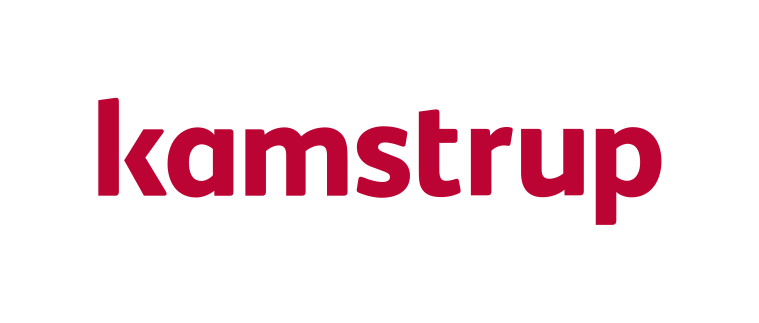
The Municipality of Hørsholm
The Municipality of Hørsholm did not have a clear image of its energy situation, and so the authority teamed up with EnergiData.
In just a short time, the combination of easy access to data and insight into consumption via MinEnergi2 has helped the local authority make savings by dealing with running toilets and poor cooling. The Municipality of Hørsholm is working actively to achieve energy savings in municipal buildings. A political agenda has been adopted, prescribing the implementation of an action plan of energy-saving measures in the municipality with a view to reducing energy consumption. These measures are now helping the municipality to minimise its energy costs.
It has taken some time for the municipality to reach the position it enjoys today. At the start, the organisation lacked a fundamental overview of the energy situation, and often had more questions than answers with regard to energy consumption and savings potential.
Since the MinEnergi2 system has been set up with its alarms, tags and accurate meter descriptions, handling the assignment is no longer the exclusive responsibility of the administration department’s energy officer. Municipal employees in the various buildings can participate in the work as well.
“We made a lot of progress quite quickly after implementing Minenergi2. We were in the fortunate situation of being able to collect data from our supply company relatively easily without having to install costly hardware. Data accessibility has proved instrumental to our success and to the return on our investment. It’s been amazing!”
Bjørn Sunesen
Project manager
The challenge
The energy crisis was a call to action: The need to save energy moved to the top of the agenda in 2022, when the energy crisis was raging and high energy prices were the order of the day.
Lack of overview: Until now, the local authority has not had a system devoted to energy management. This presents quite a challenge, as it means that the municipality does not have access to an overview of energy consumption in real time, nor the opportunity to compare consumption in selected periods. The approach to establishing an overview consisted of reviewing annual statements and invoices – a time-consuming and untenable solution.
Manual work processes: Staff in the municipal buildings have previously taken consumption readings manually, and then sent the data to a designated contact in the administration department. This is a solution that demands significant involvement if it is to succeed.
The solution
There was an appreciable need for action in 2022, and with the appointment of a dedicated employee and the implementation of energy management via MinEnergi2, the municipality quickly achieved remarkable progress by introducing a few simple measures.
Remote reading without costly hardware: The municipality principally receives remotely read data from the DataHub on main electricity meters, along with data from district heating and water meters via CSV files from the supply company. Data accessibility has proved crucial to success and a profitable investment.
Water alerts as security against waste and damage: Water consumption at night, when the building is empty, should ideally be zero litres. Any consumption registered could indicate water seeping from leaky pipes, which could develop into costly water damage.
Energy management is a shared issue: The energy officer in the administration department ensures that the meters are properly described and that the general set-up is appropriately updated. This allows the staff in the buildings to take individual responsibility and to become involved in the process, resulting in more and more people taking ownership of optimal operation.
Valuable interaction between MinEnergi2 and CTS control: On the one hand, the municipality can use the CTS system to control aspects such as the temperature in the facilities, while on the other, it can see the effect by monitoring and tracking developments in MinEnergi2.
Results & benefits
Documentable input: Data from Minenergi2 are used to document the input and the results obtained. There is a political desire for and focus on achieving energy savings. For instance, the municipality has adopted an economic action plan. One example of documented results from input is that electricity consumption was reduced by 13% in the fourth quarter of 2022 compared to the same period in the previous year.
A good example from a running toilet: A water alert from a running toilet in an empty building resulted in wastage of 300 litres per hour being identified and stopped in just a day. The toilet would otherwise have continued running for seven days until the cleaning crew came by again.
The cooling analysis in MinEnergi2 helped avoid a penalty: In early 2022, fully 80% of the municipal buildings supplied with district heating were charged a penalty fee by the supply company on account of poor cooling. This is equivalent to 24 out of 30 buildings. Today, cooling levels are acceptable in 14 of these 24 buildings.
Customer profile
Municipality of Hørsholm
Sector
State & Municipal
EMS-solution
Current: MinEnergi2, Meter Service subscription Wishes for the immediate future: Climate report, infoboard
Customer since
2022
Buildings
Schools, day-care institutions, swimming centre, skating rink, sports halls and office administration
Number of buildings
55
Water alarms in MinEnergi2
49 period alarms (hourly)
Number of meters
205 remotely read
19 manual
Types of energy
District heating, electricity, water, solar panels and natural gas





